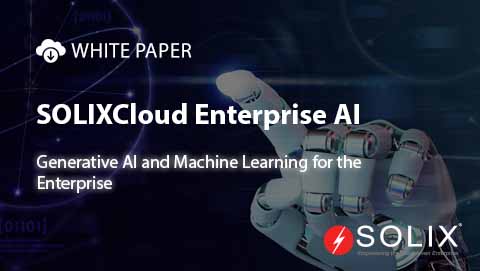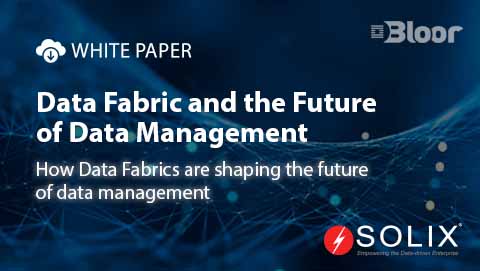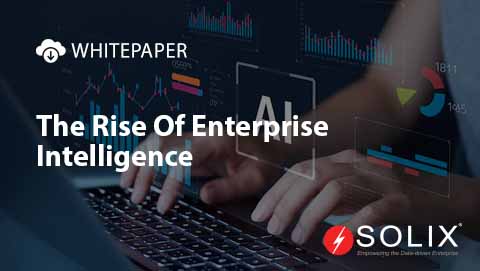Difference Between Data Lake And Data Fabric
difference between data lake and data fabric is a hot topic in the world of data management these days. many people are confused about the key differences between the two concepts, and how they can impact their business operations. as a data writer specializing in data analysis, governance, and security, i have come across this issue many times in my career. in this blog post, we will explore the nuances of difference between data lake and data fabric and how Solix can help solve this complex problem.
what is difference between data lake and data fabric and why does it matter? difference between data lake and data fabric refers to the approach organizations take to manage and analyze their data. a data lake is a centralized repository that allows you to store all your structured, semi-structured, and unstructured data at any scale. it enables you to run big data analytics, machine learning, and other big data processing tasks. on the other hand, data fabric is a modern approach to data management that connects all your data sources seamlessly, making it easier to access and analyze data across the organization.
the key difference between the two lies in their architecture and functionality. while a data lake offers a centralized storage solution, data fabric provides a more agile and integrated approach to data management. understanding this difference is crucial for organizations looking to optimize their data management processes and achieve better business outcomes.
a real-world scenario: transforming difference between data lake and data fabric for success imagine a scenario where a large corporation, lets call them Acme Corporation, is struggling to make sense of their vast amounts of data. they have a data lake in place, but its becoming increasingly complex and difficult to manage. different departments within the organization are using different tools and technologies to access and analyze data, leading to inefficiencies and inconsistencies in their data management processes.
this is where Solix comes in. with Solix’s comprehensive cloud data management platform, Acme Corporation can seamlessly transition from a traditional data lake approach to a more agile and integrated data fabric solution. by leveraging Solix’s connect, metadata management, data governance, and discovery features, Acme Corporation can streamline their data management processes, improve data quality, and achieve better insights from their data.
how Solix saves money and time on difference between data lake and data fabric Solix offers a cost-effective and scalable solution for organizations looking to modernize their data management processes. by providing a unified archive for structured, semi-structured, and unstructured data, Solix helps organizations reduce storage costs and improve data accessibility. with policy-driven archiving and data rretention features, Solix ensures that organizations can comply with data regulations and protect sensitive information.
in addition, Solix’s 24/7 global support ensures that organizations have access to expert assistance round the clock, helping them resolve any data management issues quickly and efficiently. by choosing Solix’s secure and compliant cloud data management platform, organizations can achieve significant cost savings and time efficiencies in managing their data.
wind up, understanding the difference between data lake and data fabric is crucial for organizations looking to optimize their data management processes and achieve better business outcomes. by partnering with Solix, organizations can transform their data management approach and unlock the full potential of their data. to learn more about how Solix can help you solve the difference between data lake and data fabric, enter your information on the right for a chance to win $100.





